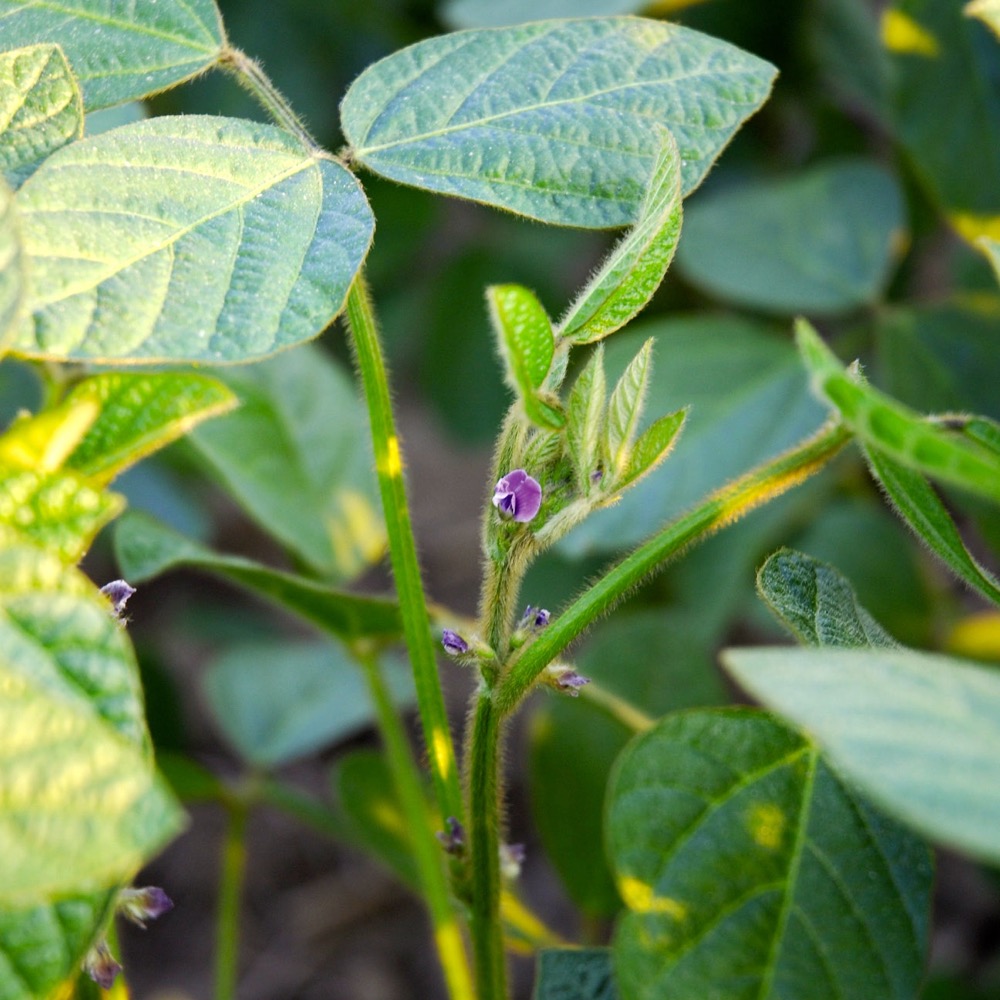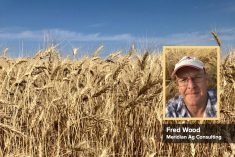When farmers first began growing soybeans north of the border, the general recommendation was to wait until the May long weekend to plant. The advice was always to plant soybeans in your best field on the best day, and even then to cross your fingers.
Since then research has consistently shown a yield benefit for earlier planting.
But that still leaves the question: What is the magic date for optimum yield? What factors come into play? And what are the risks?
We asked four agronomists to weigh in on optimum planting dates and management strategies for soybeans.
Horst Bohner, soybean specialist for the Ontario Agriculture Ministry, says it’s very clear from his trial work that early planting is a good management strategy. Most recently, a multi-site trial with locations across Ontario carried out in conjunction with Monsanto from 2010 to 2012, showed a yield gain of 4.1 bushels per acre when longer-maturity soybean varieties were planted in an early planting window compared to adapted soybean varieties planted in a normal window. In the study, the normal planting window was May 6 to May 20 and the early planting window was April 15 to May 5.

Ken Currah, a London, Ont.-based agronomist with Pride Seeds says research at Michigan State University has also pointed to an early planting advantage. Over a five-year period there, entries in a soybean high-yield competition showed a yield loss of 0.4 bushels per acre per day for planting after May 7. On average the winning entry was planted on May 4, some 13 days before the lowest-yielding entry in the competition.
This makes sense when considering the physiology of soybeans. The goal is to get as much vegetative growth as possible by the summer solstice, explains Currah. The more nodes, the more flowers and pods will be available to fill, and hence the more yield potential, he explains.
Bohner agrees. “Ideally you want to get to the fifth or sixth trifoliate before flowering.”
Read Also

Producers aren’t panicking over tariffs and trade threats
The influence of tariff and trade uncertainity on farm business decisions.
While many larger-acreage farmers are now planting corn and soybeans simultaneously, Adam Pfeffer, a Monsanto technology development representative based in southwestern Ontario who worked with Bohner on the soybean planting date trial, isn’t sure farmers have got the message about switching to a longer-season bean variety.
As a result, farmers are missing out on potential yield, says Pfeffer. If you aren’t coupling a longer-season variety with the earlier planting, the soybeans will mature too early and you’ll miss out on some yield, he explains.
Currah says some farmers are conservative with maturity dates because they are concerned that soybeans won’t be ready on time in the fall, especially if they are following the beans with winter wheat. However, Ontario research shows that increasing the days to maturity by three days only delayed harvest by one day.
Unlike corn, soybeans are photosensitive, says Currah. “This means the beans sense day length and they shut themselves down,” he says. By comparison, corn is linear and needs a predetermined number of heat units to mature.
The early planting strategy only applies if the ground is fit and if it’s a reasonable planting window. While it’s impossible to nail down an exact date, Bohner says as a general rule, in southwestern Ontario, the early window would be the last week of April and first week of May.
“I don’t suggest planting on the fifth or 10th of April,” Bohner says.
And while time constraints are an issue as growers try to cover more acres, it’s critical to wait until the soil is ready. This can be a particular problem for no-till growers when planting soybeans following corn. With corn yields climbing 20 to 30 per cent in recent years, there is also more corn residue and as a result soils tend to be wetter in the spring, especially clay soils, says Pfeffer. “There’s a lot of frustration with cornstalks. Many farmers are still trying to figure out a residue management system,” he says.
This delay has prompted some farmers to till following a corn crop. The yield boost from planting early can offset the extra cost of tillage, says Paul Sullivan, an agronomist in eastern Ontario who sees a similar advantage for early planting in his part of the province. “Farmers see a 10-bushel difference between planting May 1 and June 1,” he says.
Sullivan agrees that soil conditions are important for successful early planting of soybeans, but he adds that often conditions are actually better earlier in the season. “If the soil dries out, it’s hard to get the seed in the ground or, if it rains, the soil often doesn’t dry out well again,” he says.
Currah says planting before the soil is fit is more trouble than it’s worth. This is especially true with a short crop rotation where soybeans are grown more often and disease pressure is higher.
Part of being fit is having a minimum soil temperature of 55 F, Bohner cautions.
“Soybeans don’t do much until the soil is at least 60 F,” agrees Currah. The crop is also very prone to cold shock, especially if there is a cold rain in the first few days after planting.
Soybeans take up 60 per cent of their weight in water, which is double the rate of corn, he explains. “The temperature of that first water that the seed imbibes is really critical,” he says.
Bohner says he witnessed this effect in 2016 when soybeans, which were planted before a cold rain in mid-May that was followed by a cold spell, needed to be replanted.
Early planting of soybeans is not without risk, especially the risk of frost damage. However, the window for frost damage is not the same as for corn, says Currah. Soybeans tend to be more frost-damage prone in the early days after emerging from the soil but less susceptible as the second and third trifoliate appear, whereas corn is more frost tolerant early on before the growing point emerges.
For success with early-planted soybeans, following good management practices is critical. Seed treatments are a must, says Bohner. His research showed the average yield gain from using a seed treatment was 1.2 bushels per acre across all planting dates and sites.
Planting depth is another important consideration. When planting early into moister, colder soils, Bohner recommends using a shallower planting depth. When planting later in the season into warmer, drier soils, he recommends using a deeper planting depth.
Farmers can see a boost in yield at no extra charge, if they plant soybeans early and follow recommended management techniques. However, this practice does come with risks and farmers should be prepared to potentially have to replant.
This article first appeared in the October 2016 issue of the Soybean Guide.
















